January 21-27, 2024
Where's the sun?
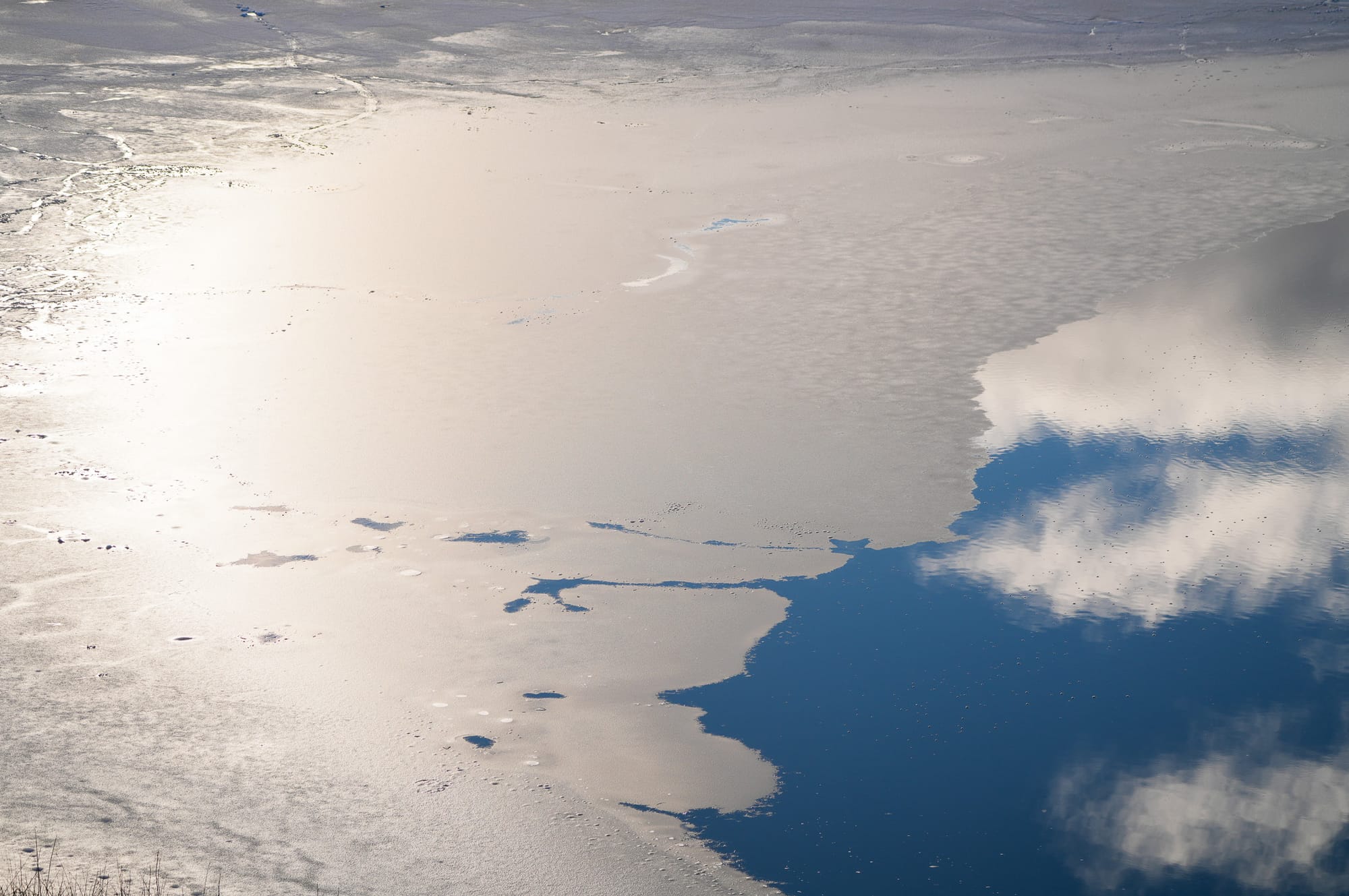
It's been another gray, overcast week with fleeting bouts of light, wet snow, and an even more fleeting glimpse of blue sky.
Week in Review
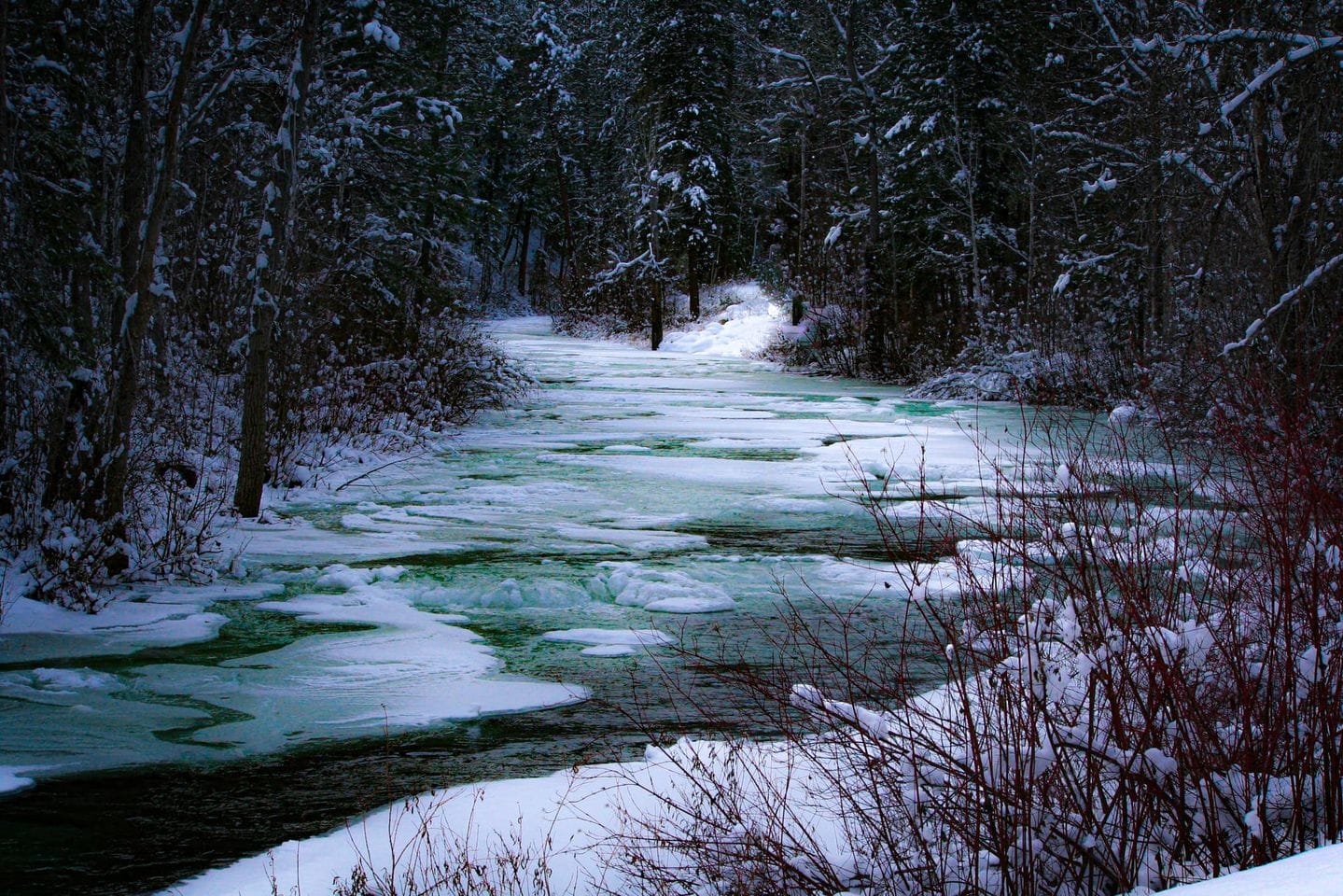
This is turning into the winter of gray. It feels like there have been fewer than half a dozen sunny days all winter, and it's hard to remember the last time that it was completely, gloriously sunny.
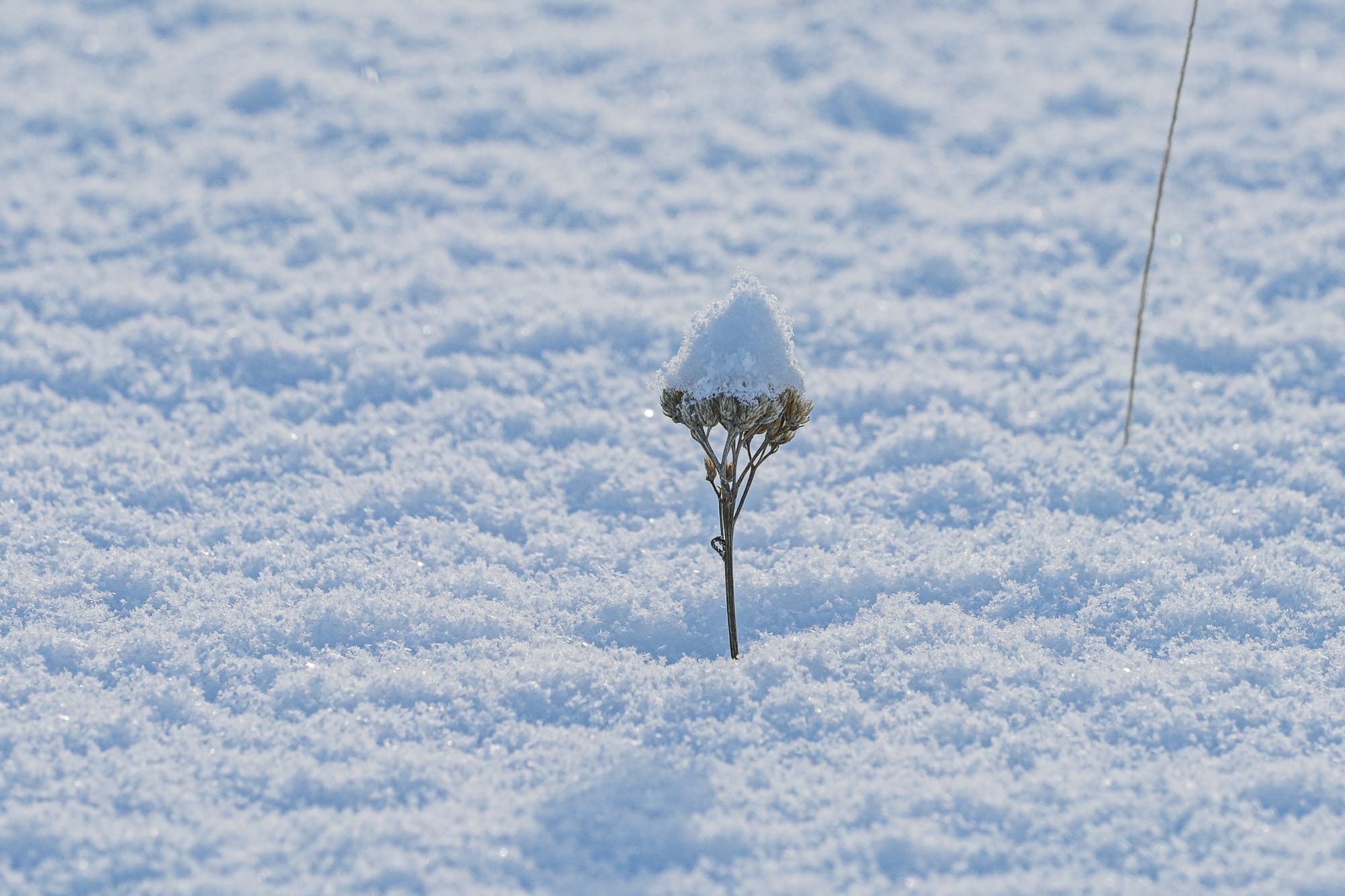
Even worse, we're not getting much snow. According to the snow gauge at Harts Pass, it looks like we're well below our expected average snowpack. But I have to wonder if the steady drumbeat of wet, passing snowstorms is adding up to a comparable amount of water going directly into the water table?
Wildlife sightings continue to be subdued and little has changed over the past couple weeks. However, among the usual visitors at our bird feeder, I picked up on a very subtle hybrid red-shafted/yellow-shafted flicker this week.
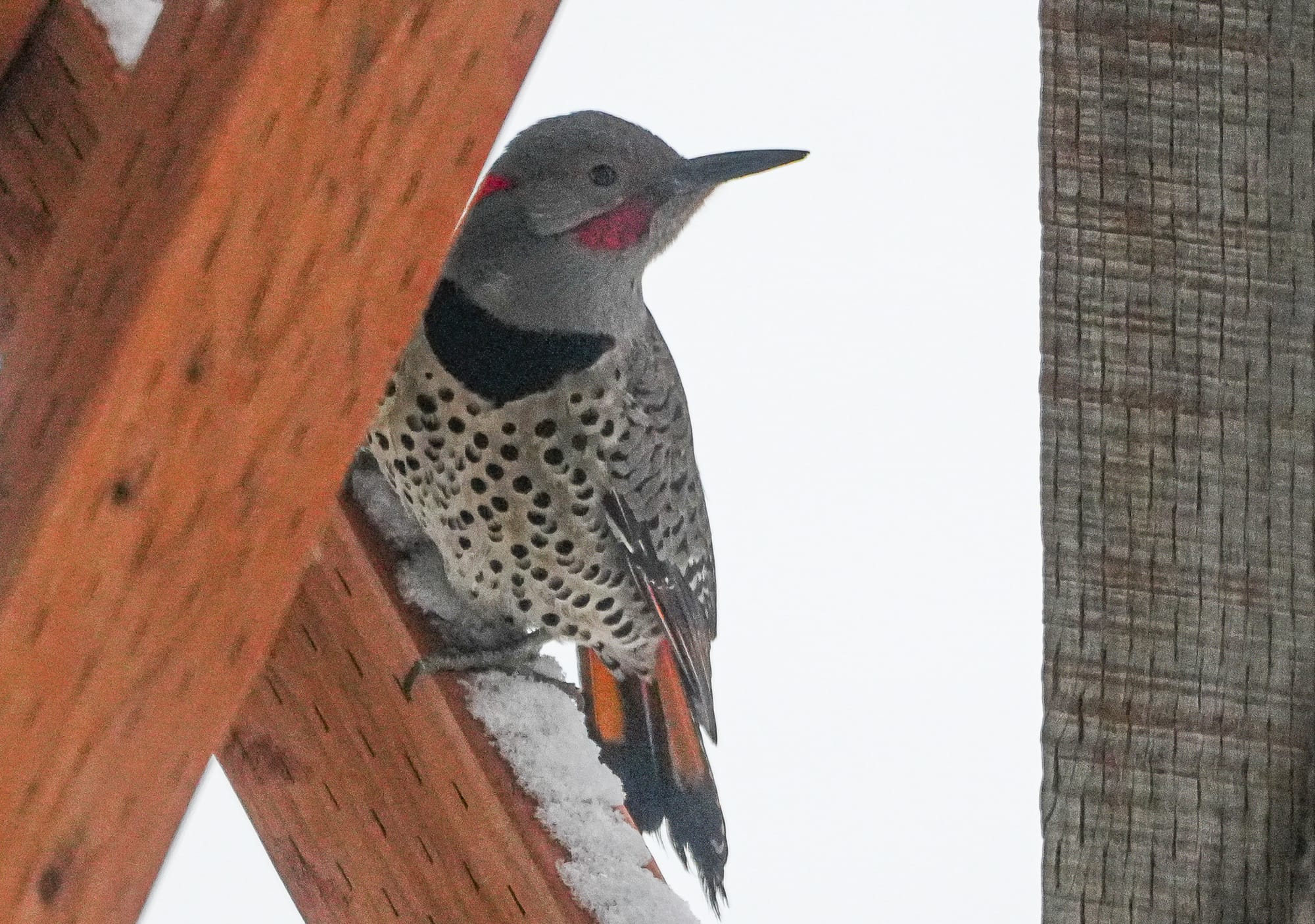
Yellow-shafted flickers of the eastern United States and northern Canada will readily hybridize with red-shafted flickers of the western United States where they overlap, but it's rare to see one of these hybrids in the Methow Valley. This bird was immediately recognizable by the yellow flash of its feathers in flight, and then in the photo I can see that this bird has both the red moustache of the red-shafted race, and the red hind crown of the yellow-shafted race. This bird also had a uniformly gray head, combining the gray face of the red-shafted race with the gray crown of the yellow-shafted race.


It's also heartwarming to see that pine grosbeaks can still be found feeding on ash trees at Pearrygin Lake. This is a rare opportunity to watch these otherwise elusive finches of remote, high mountain forests—they are beautiful birds!
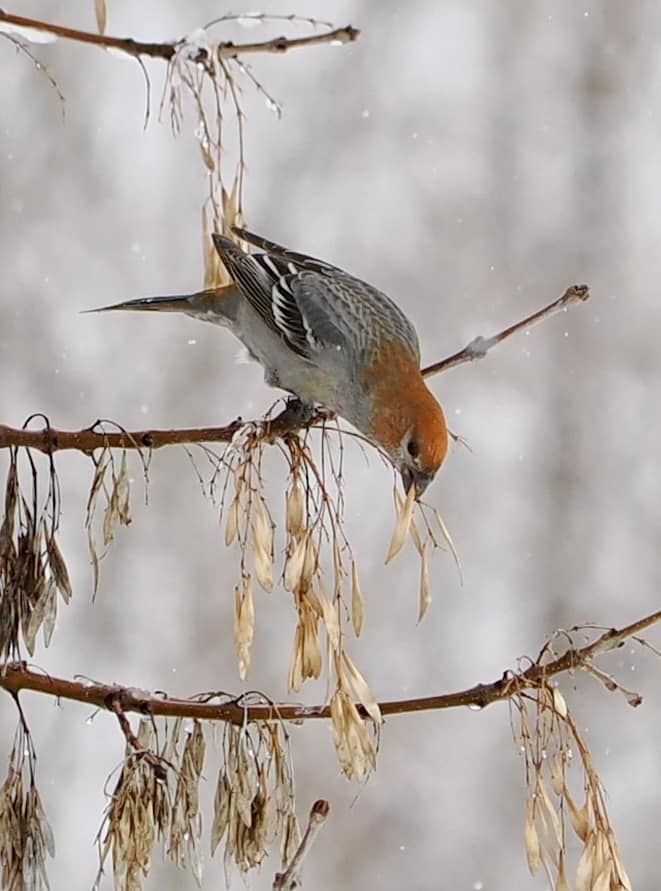
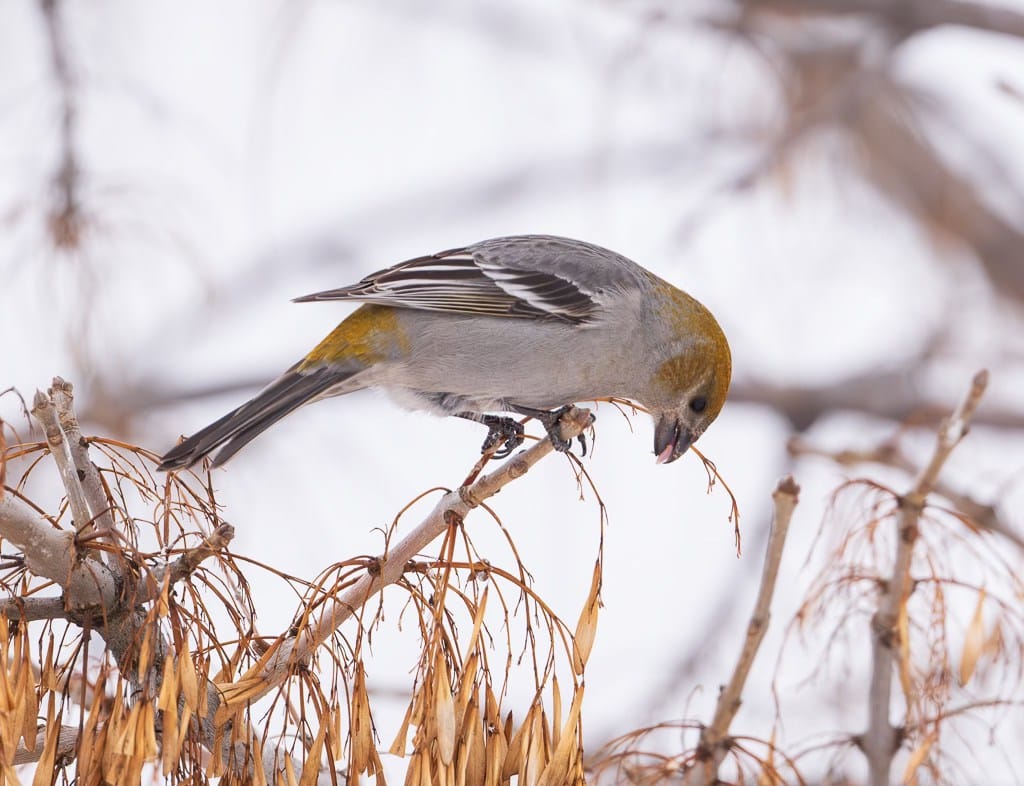
The spectacle of ducks flying to Big Twin Lake at sunset has shifted this winter, and they are now using Little Twin Lake instead. Most ducks fly in when it's too dark to see them well, but if you're lucky you might catch a few early arrivals while it's still light out.

Observation of the Week: Badger
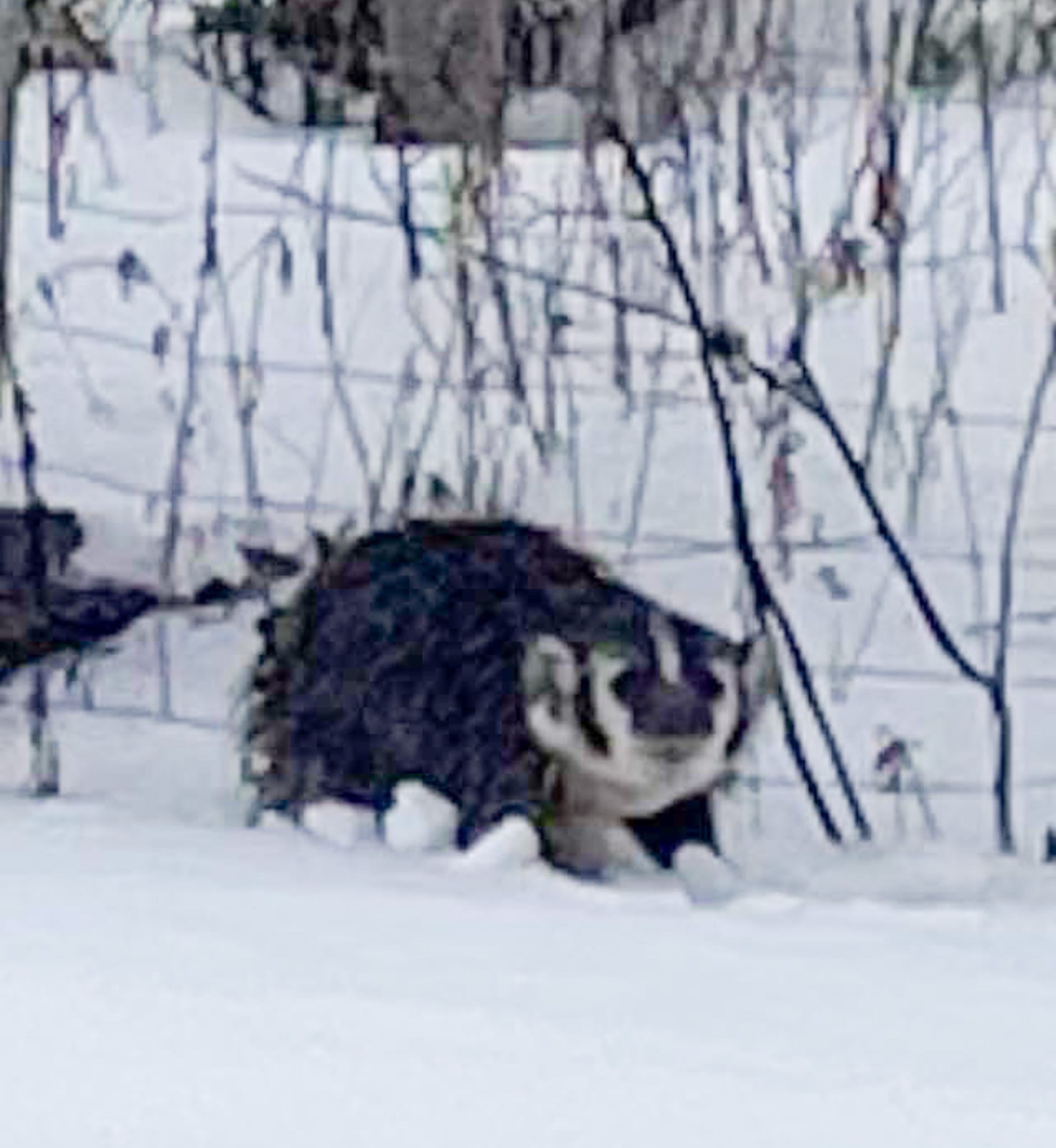
While we have a small number of badgers in the Methow Valley, they are rarely observed, and seldom observed in the winter, so it was remarkable that one was sighted this week.
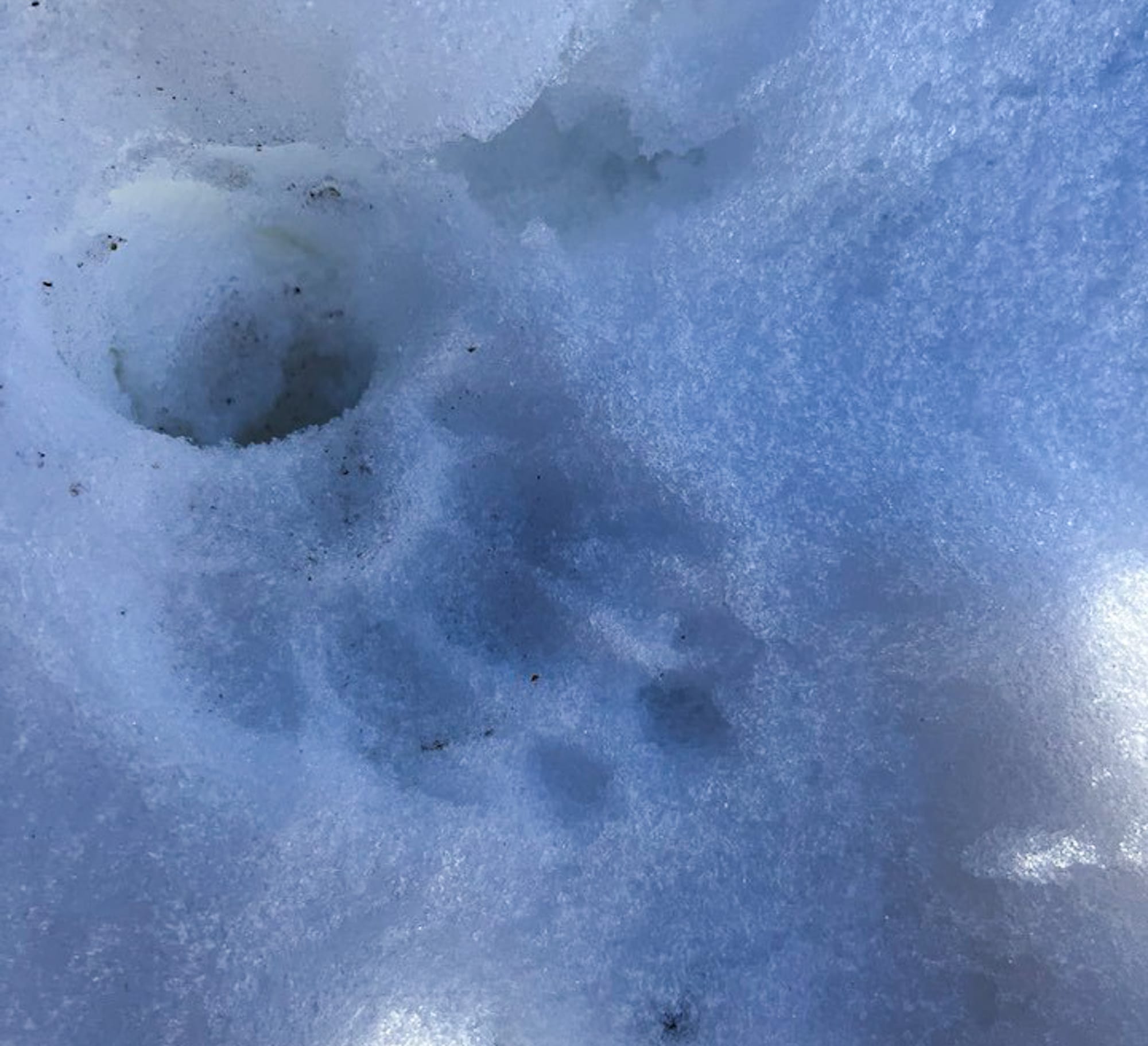
Living in remote, open grasslands and steppe habitats, and spending much of their time underground, badgers avoid humans and any type of disturbance. If there's too much human activity for their liking, they switch to only coming out at night, which makes them even harder to find.
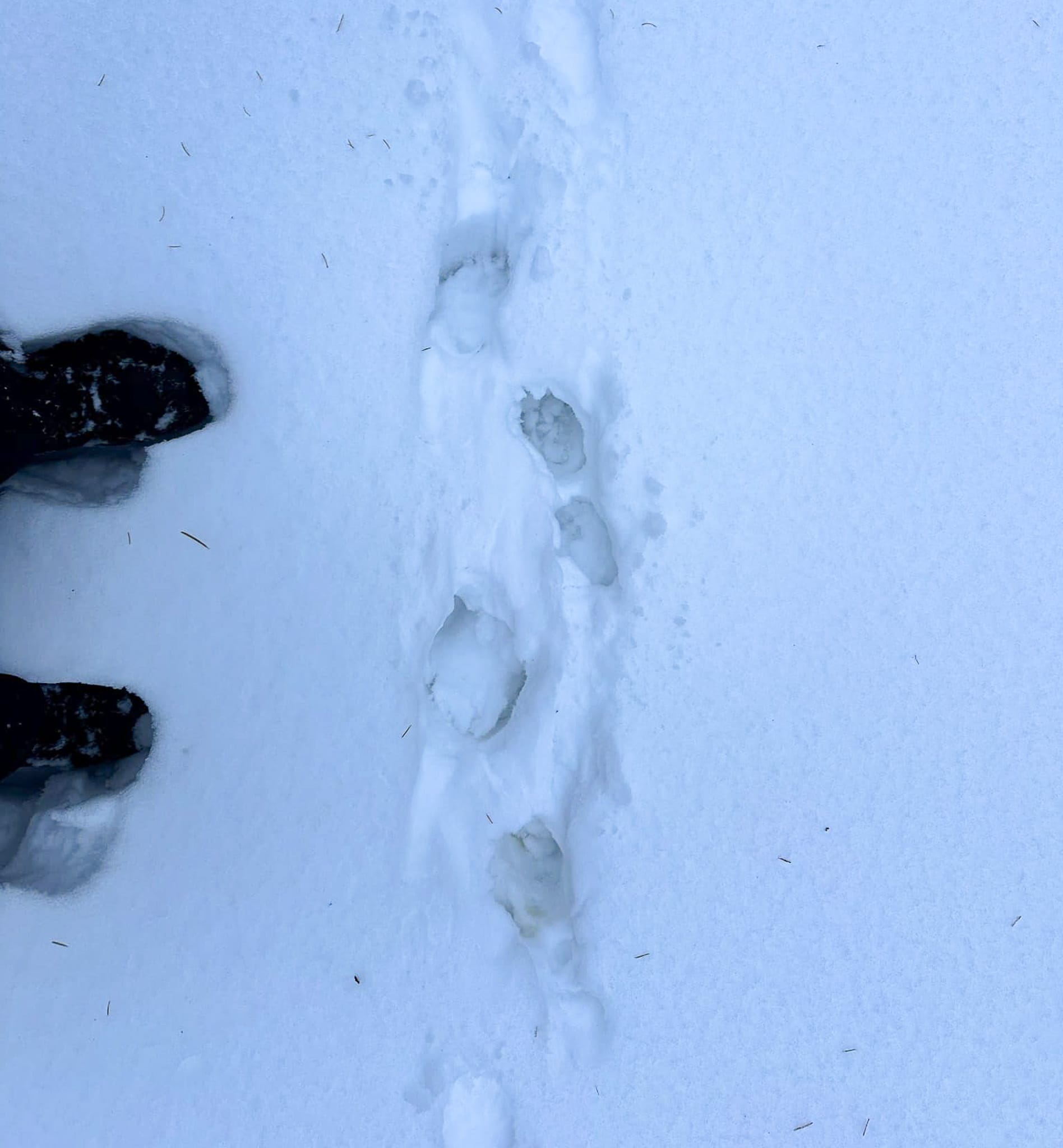
This issue is compounded in winter because they retreat into underground burrows and sleep much of the winter away. They don't exactly hibernate, but they do reduce their metabolism 50% and go into a kind of semi-torpor to save energy.
Captive badgers have been observed remaining underground for 70 days straight in the winter. There's little motivation for them to wake up because their primary food of gophers and voles are either buried in cold soil or very hard to find.
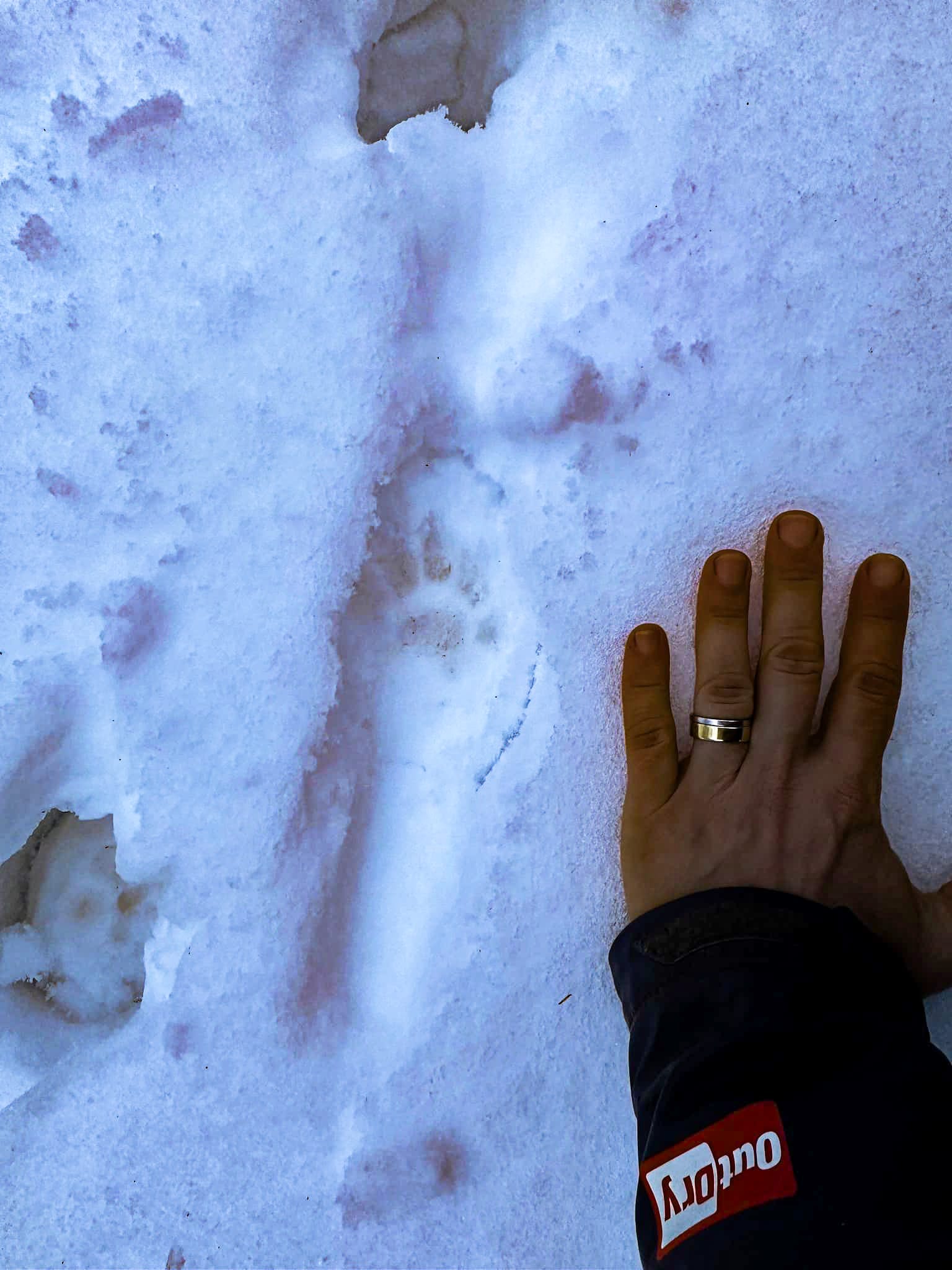
Ultimately, they might end up using more calories searching for food than they'd receive from finding an occasional food item, so it's better to keep sleeping. I wonder if they're out now because the winter has been so mild that they're getting hungry earlier than normal?

